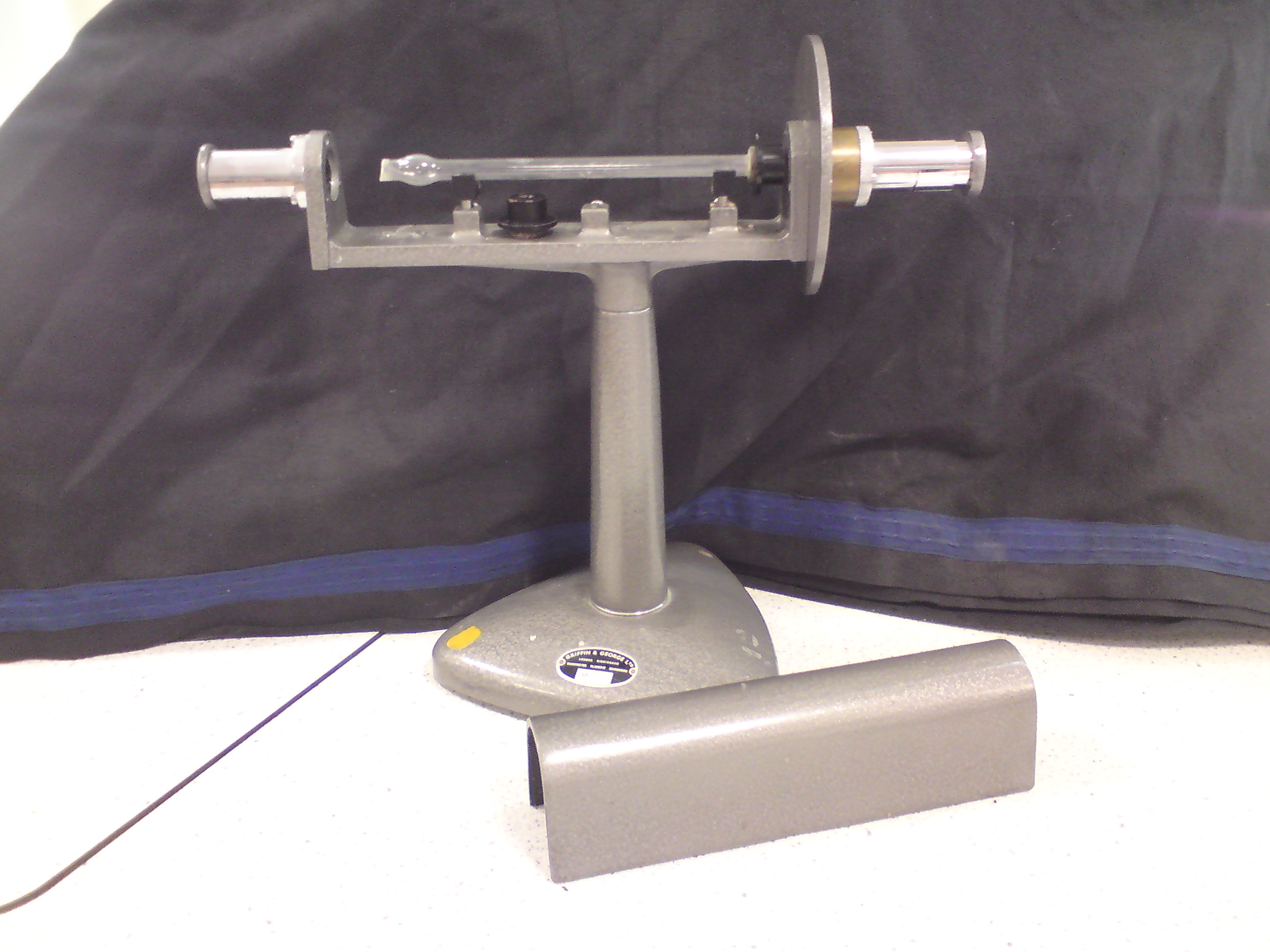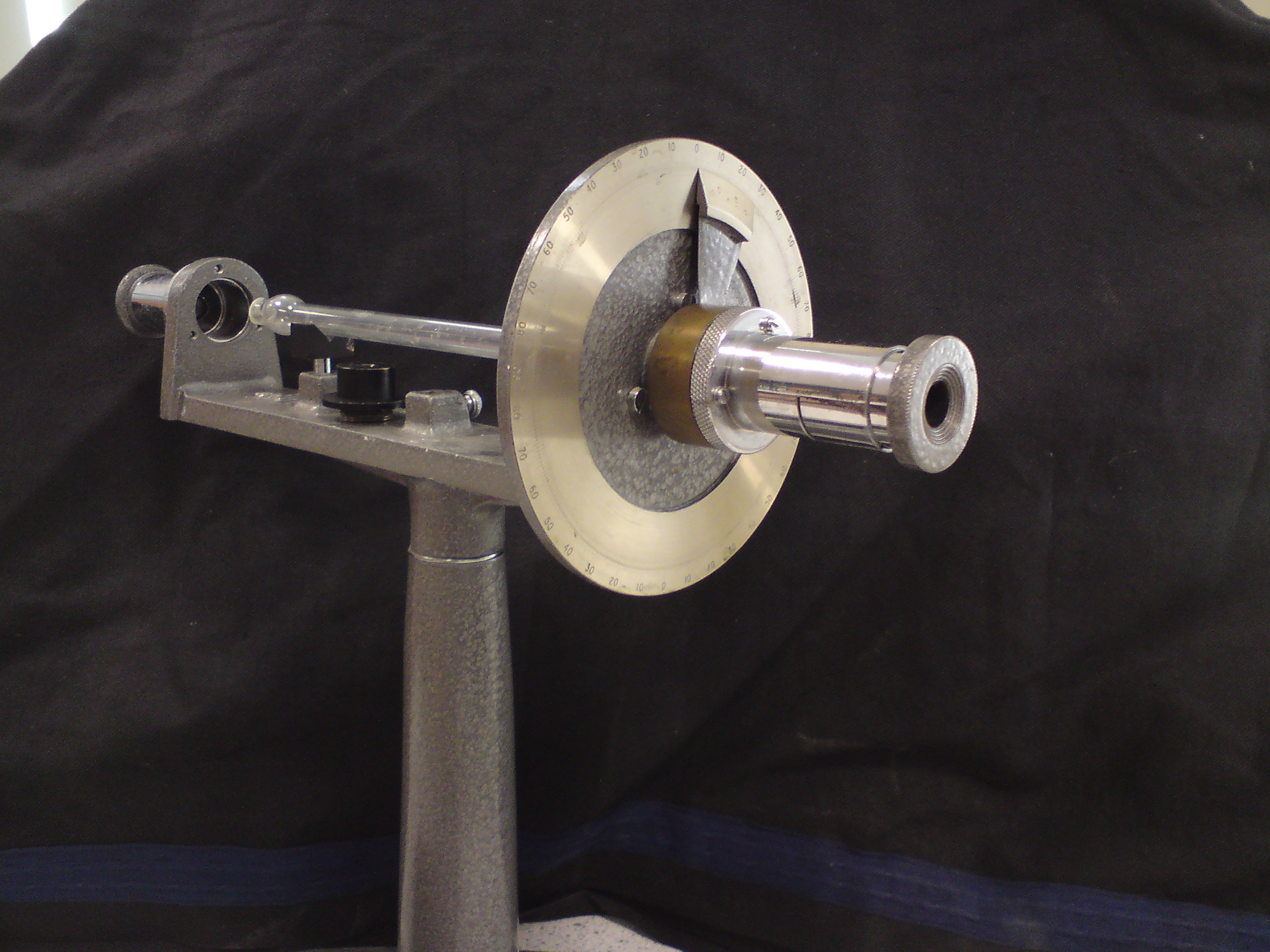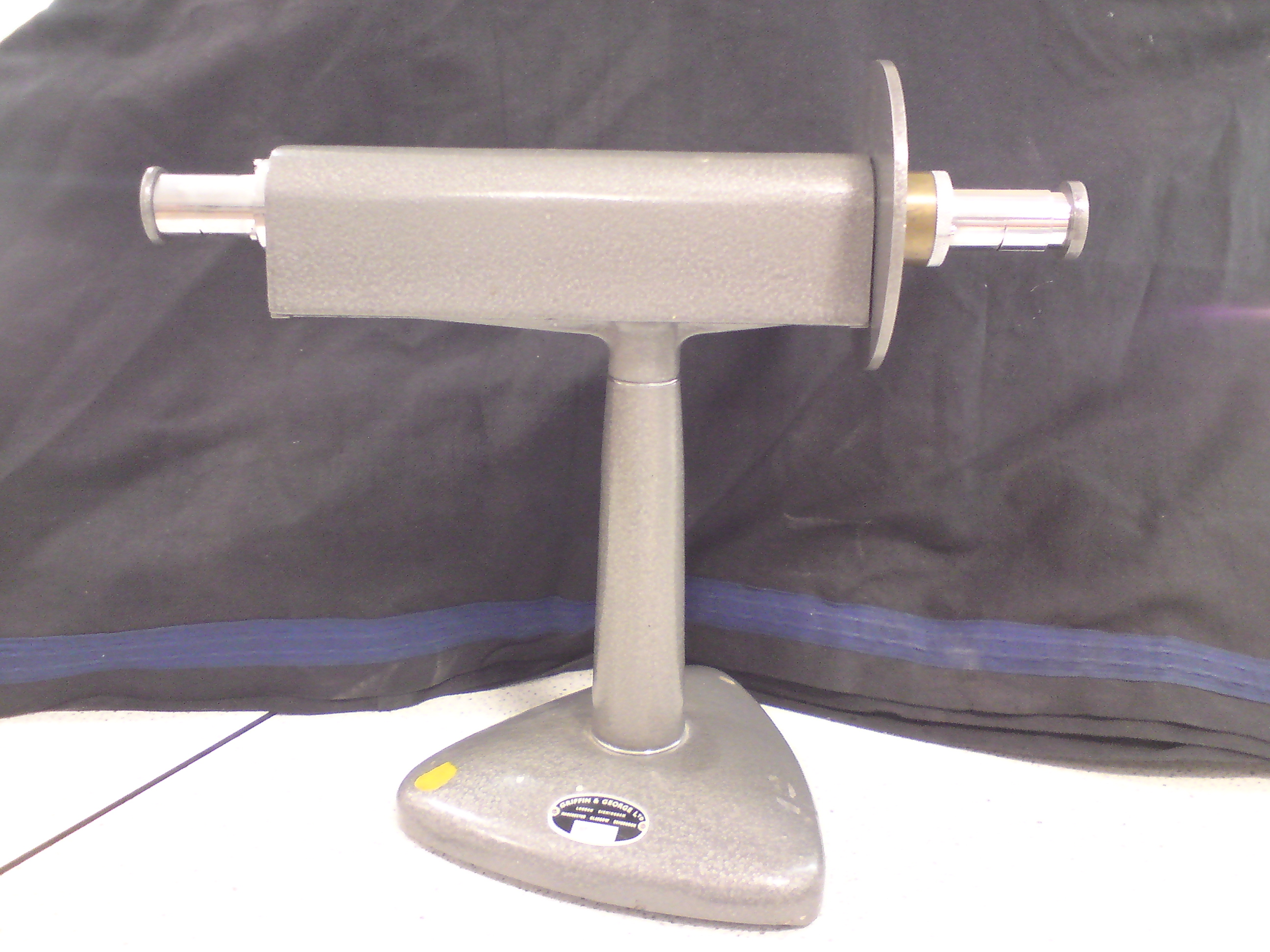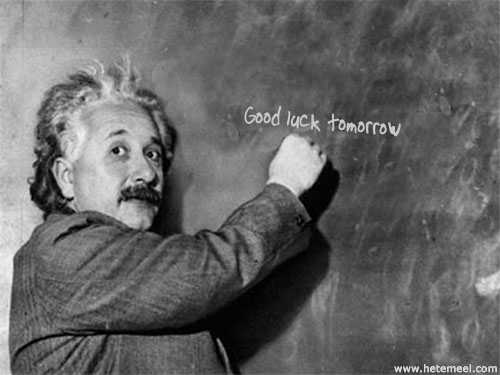The blue SQA data booklet we use in class is also available online as a pdf file. It’s a good idea to get familiar with the page(s) for your course as you get to use a copy of the booklet for unit assessments, NABs, prelims and the external exam in May.
Download your own copy of the booklet for use at home by clicking on the link below.





